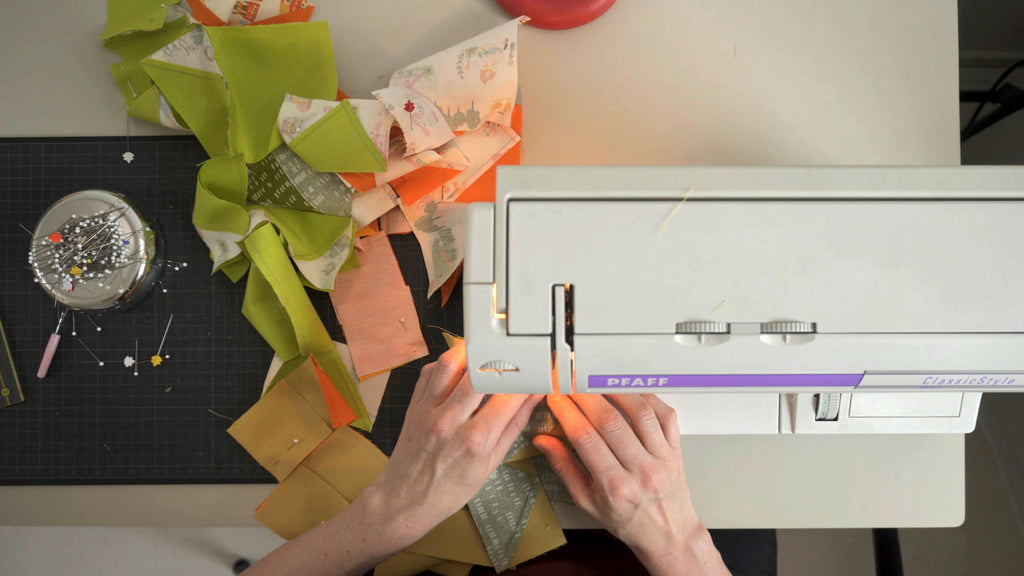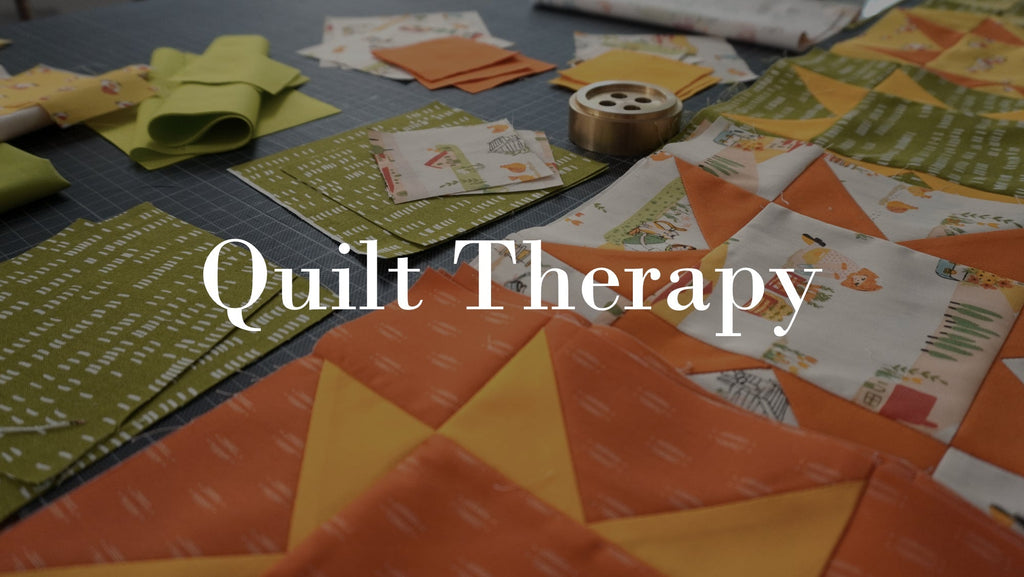Make Your Own Folded Square Fabric Coasters: A Simple Sewing Project

Looking for a quick and practical sewing project? These folded square fabric coasters are perfect for beginners and experienced sewers alike. In just a short time, you can create a beautiful set of coasters that protect your surfaces in style.
Continue reading











 You only need two pieces of fabric to create this cute colour block drawstring bag. In fact, you only need two fat quarters. A perfect fabric stash buster project.
You only need two pieces of fabric to create this cute colour block drawstring bag. In fact, you only need two fat quarters. A perfect fabric stash buster project.







